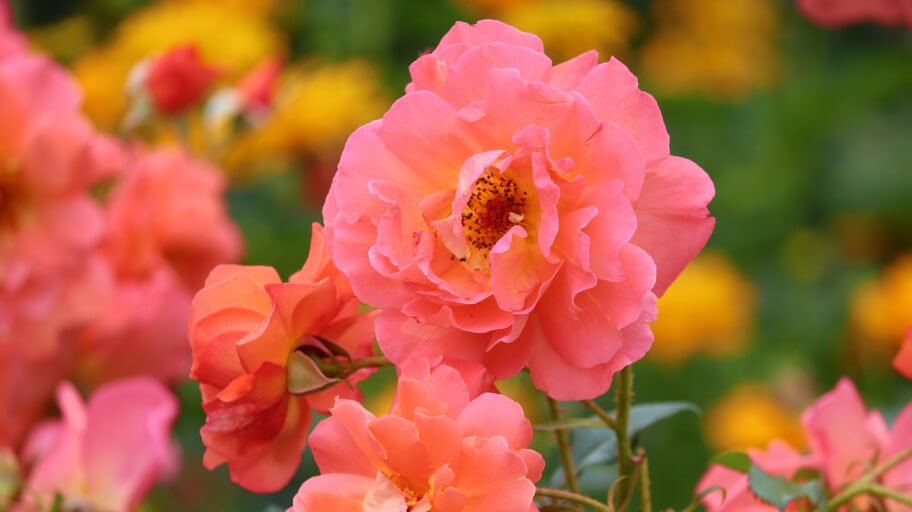
Edging plants are the perfect way to put your beautiful garden in order. Not only can they make your green space stand out, but they can also create a border between your property and the neighbours or the sidewalk. In Australia, you can find edging plants for every home style – no matter if you are more into a minimalistic, romantic, or any other aesthetic.
With all of this in mind, in this article, we are going to talk about the best border plants native to Australia, helpful tips on how to plan your garden, and more so that you can easily make your flower project a reality.
Ready? Let’s begin with…
Planning the layout for your garden borders
Every successful project starts with a well-thought-out plan. Do you have yours ready? Here are four questions you need to answer before starting:
Is it sunny or is it shady?
You have three options here – full sun, partial shade, and full shade (including damp shade). Full sun means your border gets more than six hours of direct sunlight every day in the summer. Partial shade means four to six hours of sun and full shade – from zero to four hours.
What’s the type of soil in your garden?
You need to find out if the soil type is clay, sandy, loam and acidic, alkaline or neutral. You can check if it’s clay, sandy, or loam by mixing part of it with water and then squeezing it into a ball. A quick internet search for “soil ball test” will help you find your answer.
To check if it’s acidic, alkaline, or neutral, you will need a pH testing kit. You can find one in the nearest garden centre or online – you need the most basic pH testing kit, nothing special. Mix a little soil with water, pour it into the test tube, and shake. After a couple of minutes, it will change colour, and you will have the results. Use the chart that comes with the test to determine the soil’s type.
Have you thought about a colour theme?
If you’ve already chosen your gardening colour scheme, you are surely a step ahead but don’t panic if you haven’t done this yet. All that you have to do is get a little creative and imagine your dream garden. Of course, if nothing comes to mind, the internet is also full of good suggestions to inspire you.
How much space do you have for the borders?
And last but not certainly not least important – you need to consider the amount of space you have. Go outside and inspect the area, as this will help you pick and properly plan the location of the flowers. For example, if you have small spaces, you can grow taller plants.
Best border plants for full sun
If your garden space happens to be particularly sunny, and you are looking for the best border plants for full sun, we’ve got you covered.
If you want perennial blooms on your borders, then you can plant both spring and summer flowers. You can opt for catmint, blanket flowers, miniature roses, Shasta daisies, etc. And if you prefer grass and shrubs, you can grow fountain grass and hibiscus. Want to learn more about ground cover plants? Then check out our guide to ground cover plants.
If you want flowers that don’t need replanting – look up bulbs, corms, and tubers. Some great options are gladioli, lilies, tulips, and dahlias.
Herbs are also a good choice and a very practical one. Lavender, oregano, rosemary, and chamomile are just some of the many beautifully smelling plants you can grow.




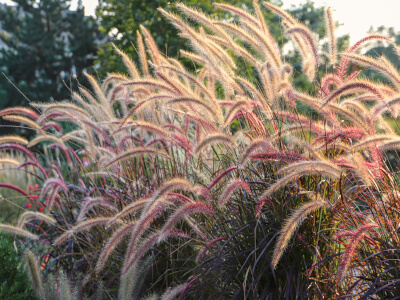
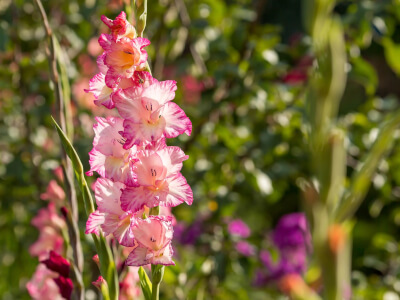

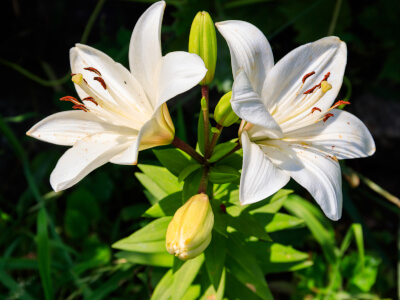







Hardy perennial and low maintenance border plants
When talking about hardy border plants, Australia has good conditions for most of them. If you don’t have much time to maintain your garden, then perennial plants are your best option. Choose a species that is low maintenance to guarantee yourself at least 3 years of beautiful blooms or an easy to look after grass type.
Some of the hardy perennial border plants that really don’t need a lot of special care are snowy Mespilus, hardy geranium, hebe “Sutherlandii”, and pheasant’s tail grass. And if you need some colour right next to a small path, then opt for low-growing perennial border plants, like moss phlox, and stonecrop.

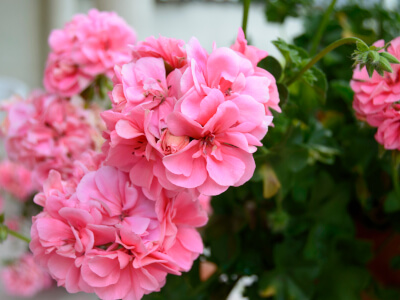


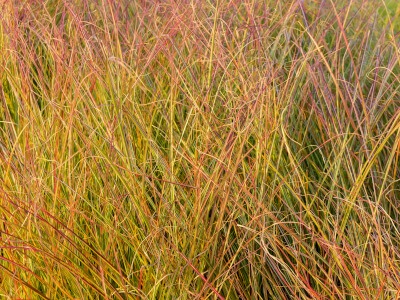

Low growing and small plants for borders
Speaking of low-growing border plants, let’s explore how they can fit your garden plan. They will add layers and help you with the palette and aesthetic of your outdoors. Small border plants are also perfect for accenting walkways and paths. At their best, they can look like a beautiful living carpet right in front of your home.
We’ve already mentioned some low-growing plants for borders, however, you can also opt for rose vervain, perennial pinks, foamflower, dusty miller, woolly yarrow, and alyssum.
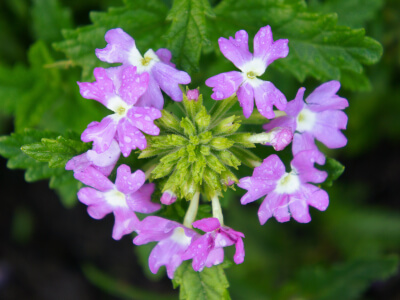
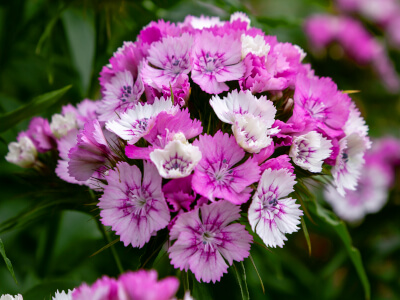
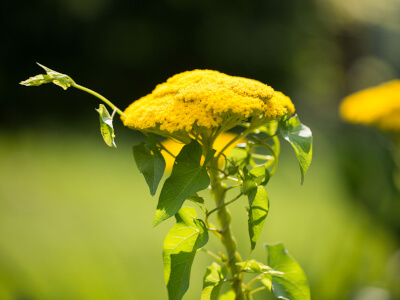


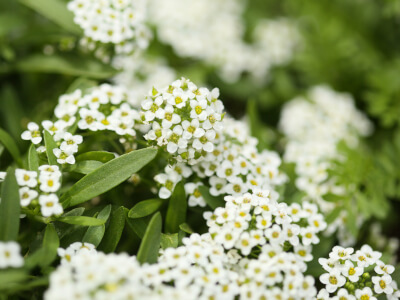
Plants for a narrow border
When it comes to narrow borders, planting flowers may seem almost impossible due to the lack of space. However, if you get a bit creative with the project, you’ll be surprised by the beautiful results.
With that in mind, some of the best plants for narrow borders are bearded iris, libertia, honeysuckle, erigeron, ferns, lavender, and belladonna lily.
It’s important to note that borders located at the base of walls may be drier, and usually, the soil there is shallow or with restricted access due to edges, cement, or other. Take this under consideration when choosing green friends for this specific type of border.

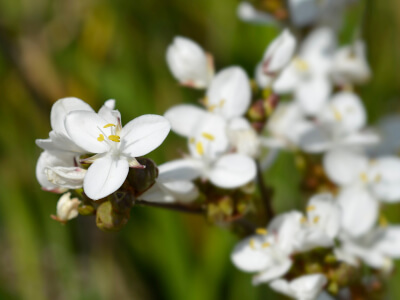

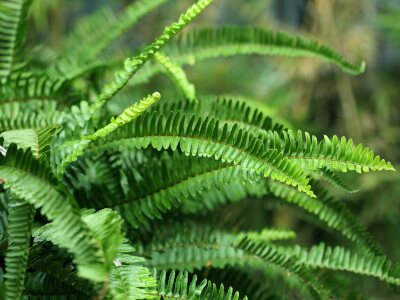


Takeaways
- When choosing border plants for your garden, take into account the amount of sunlight your garden receives, the type of soil you have, and the space;
- Think about how much time you can spend on maintaining your garden. If you don’t have much, then better opt for plants that don’t need a lot of care;
- For narrow borders, look for smaller plants or ones that grow vertically;
- If you can’t decide on the type of border flowers you want to grow, you can always opt for professional edging services.
Want to have a beautiful garden the easy way?
Book our professional and affordable gardening services today!




